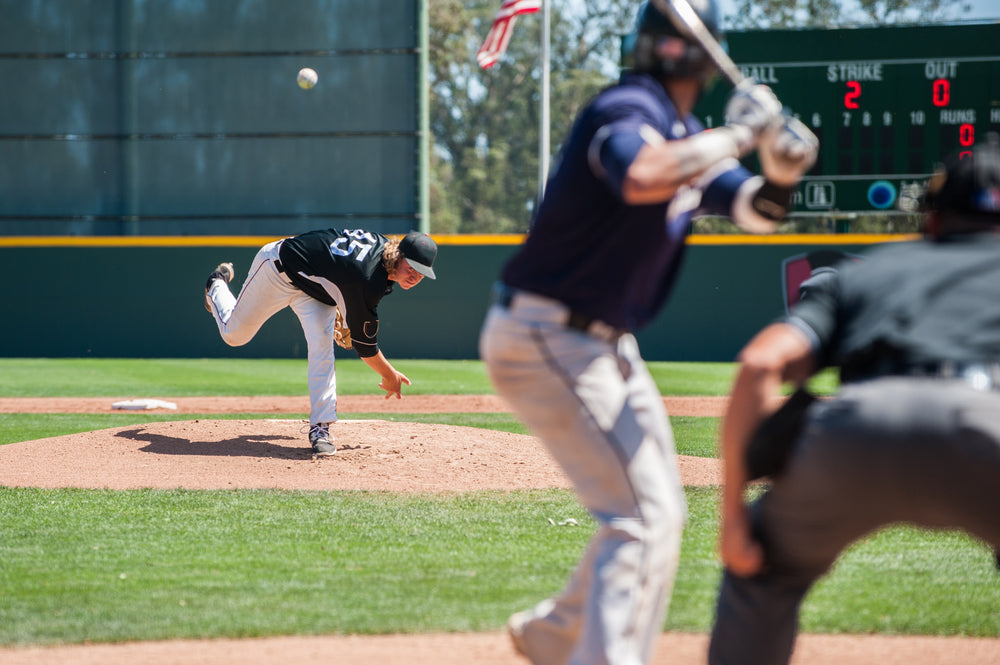
Recovery Protocols After Heat-Related Incidents
Heat-related illnesses can range from mild heat cramps to life-threatening heat stroke. Understanding proper recovery protocols is essential for minimizing long-term effects and preventing recurrence. This guide provides evidence-based recovery strategies for individuals who have experienced heat-related incidents.
Understanding Heat-Related Illnesses
Before diving into recovery protocols, it's important to understand the spectrum of heat-related conditions:
- Heat Cramps: Painful muscle contractions, usually in the abdomen, arms, or legs
- Heat Exhaustion: Heavy sweating, weakness, cold/pale/clammy skin, fast/weak pulse, nausea or vomiting, fainting
- Heat Stroke: High body temperature (above 103°F), hot/red/dry skin, rapid and strong pulse, possible unconsciousness
Immediate Recovery Protocols
For Mild Heat Illness (Heat Cramps, Mild Heat Exhaustion)
- Move to a Cool Environment: Immediately relocate to an air-conditioned area or at least a shaded spot.
- Hydration Restoration: Begin oral rehydration with electrolyte solutions. Consume 16-32 oz (500-1000 ml) within the first hour, then continue with 8-16 oz (250-500 ml) every 15-20 minutes for the next 1-2 hours.
- Body Cooling Techniques:
- Apply cool, wet cloths to the neck, face, and extremities
- Take a cool shower or bath
- Use fans to increase evaporative cooling
- Rest Position: Lie down with legs elevated to improve circulation and reduce the risk of fainting.
For Severe Heat Illness (Severe Heat Exhaustion, Heat Stroke)
Following medical treatment for severe heat illness, recovery should be closely monitored by healthcare professionals. Upon discharge:
- Gradual Return to Activities: Follow medical advice on when and how to resume normal activities.
- Continued Monitoring: Check body temperature regularly for 24-48 hours following the incident.
- Follow-up Care: Attend all recommended follow-up appointments with healthcare providers.
Long-Term Recovery Protocols
48-72 Hours Post-Incident
- Hydration Maintenance: Continue increased fluid intake for at least 72 hours. Aim for urine that is light yellow to clear in color.
- Electrolyte Balance: Consume foods rich in potassium (bananas, oranges, potatoes), sodium (in moderation), and magnesium (nuts, seeds, whole grains).
- Rest Requirements: Allow 2-3 days of reduced physical activity, especially if the incident was moderate to severe.
- Medication Adjustments: Consult with healthcare providers about temporary adjustments to medications that might affect heat tolerance (diuretics, certain antidepressants, antihistamines).
One Week Post-Incident
- Gradual Reintroduction to Heat: Begin with short exposures (10-15 minutes) to warm environments, gradually increasing duration over several days.
- Monitored Exercise Protocol: Start with low-intensity exercise in cool environments, progressively increasing intensity and duration before reintroducing heat.
- Physiological Monitoring: Track heart rate, perceived exertion, and subjective comfort during exercise and heat exposure.
Long-Term Adaptation Protocols
- Heat Acclimatization Program: Implement a structured 10-14 day heat adaptation protocol before returning to regular activities in hot environments.
- Enhanced Awareness: Develop greater sensitivity to early warning signs of heat illness.
- Preventive Planning: Create personalized heat management plans that include:
- Modified activity schedules during hot weather
- Individualized hydration protocols
- Appropriate clothing selections
- Cooling strategies for before, during, and after heat exposure
Special Considerations for Vulnerable Populations
Children
- Supervised Recovery: Children require closer monitoring during recovery.
- Adjusted Return-to-Play Guidelines: Follow age-appropriate guidelines for returning to sports and outdoor activities.
- Educational Component: Age-appropriate education about recognizing heat illness symptoms.
Older Adults
- Extended Recovery Period: Allow for longer recovery times.
- Medication Review: Comprehensive review of all medications that may affect heat tolerance.
- Social Support: Ensure daily check-ins during the recovery period.
Individuals with Chronic Conditions
- Condition-Specific Protocols: Tailored recovery plans for those with heart disease, diabetes, or respiratory conditions.
- Medical Coordination: Recovery managed in coordination with specialists treating underlying conditions.
When to Seek Additional Medical Care During Recovery
Return to medical care immediately if experiencing:
- Recurring fever
- Persistent headache or dizziness
- Unusual fatigue lasting more than 72 hours
- Dark urine despite adequate fluid intake
- Confusion or disorientation
- Nausea or vomiting that prevents proper hydration
Conclusion
Recovery from heat-related incidents requires a methodical approach that extends beyond the immediate cooling and rehydration phase. By following these evidence-based protocols, individuals can minimize long-term effects, reduce the risk of recurrence, and safely return to normal activities.
Remember that individuals who have experienced one heat-related incident may have increased susceptibility to future episodes. Implementing preventative measures and maintaining awareness of personal heat tolerance are essential components of long-term recovery.

